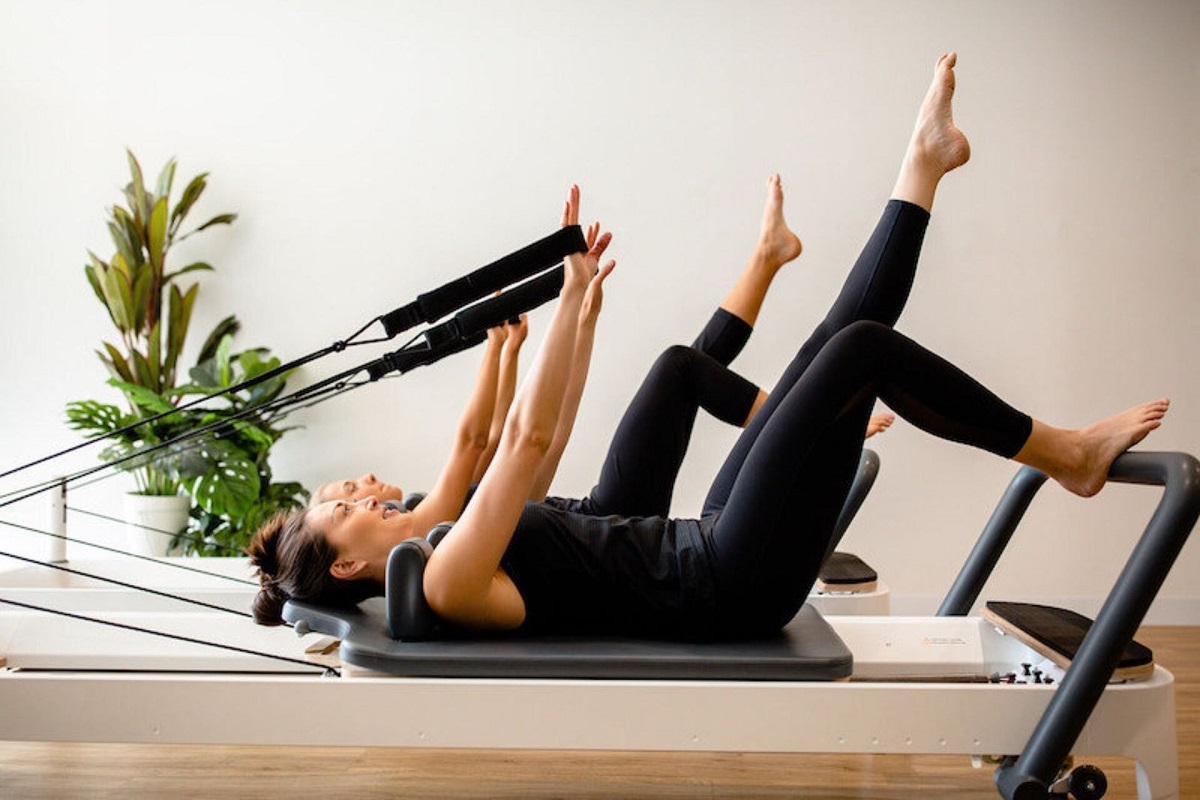Introduction to Pilates: A Journey to Understanding
In the world of fitness, Pilates has emerged as a popular exercise regimen designed to improve flexibility, strength, and overall body conditioning. However, two prominent forms of Pilates are the Pilates Reformer and traditional Pilates mat workouts. While both aim for similar outcomes, they employ different methods and equipment, thereby influencing their effectiveness and appeal to various individuals.
Choosing between the Pilates Reformer and traditional Pilates can feel overwhelming. Therefore, it is essential to consider many variables, including personal fitness goals, experience level, and preferences. This guide will help you navigate the differences between these two methods, exploring their unique benefits and challenges. By the end of this article, you’ll have a clearer understanding of which form of Pilates suits you best!
The Origins of Pilates
Before diving into the specifics of the two methods, it might be useful to explore the origins of Pilates itself. Developed by Joseph Pilates in the early 20th century, Pilates was designed as a holistic fitness program that emphasized the mind-body connection. Originally, it was termed “Contrology,” and focused on controlled movements to improve physical strength, flexibility, and posture.
The Evolution of Pilates
Over time, Pilates evolved to incorporate various tools and methods. In particular, the introduction of equipment, especially the Pilates Reformer, expanded the practice’s accessibility and versatility. Joseph Pilates created the Reformer to assist individuals in performing Pilates exercises more effectively, which allows for deeper engagement of muscles with resistance and support.
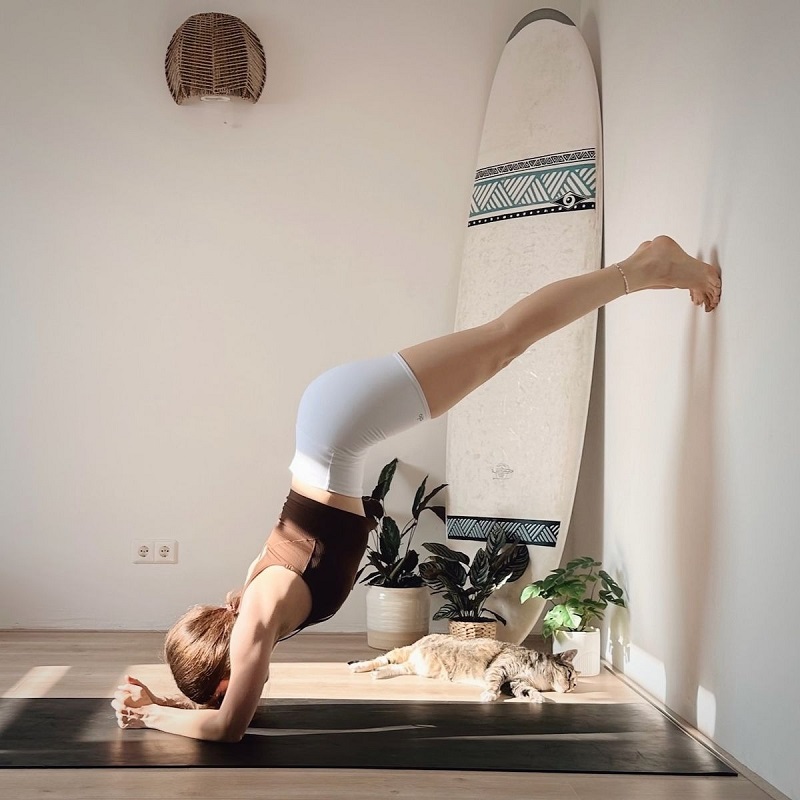
What is the Pilates Reformer?
The Pilates Reformer is a versatile piece of equipment that adds a new dimension to your workout routine. Specifically, this machine consists of a sliding carriage, springs for resistance, and adjustable foot bars. Consequently, this design allows for a wide variety of exercises that target different muscle groups, encouraging controlled and precise movements.
1. How Does it Work?
When you perform exercises on the Pilates Reformer, your movements engage a series of springs that provide resistance. Moreover, this resistance can be adjusted according to your fitness level, allowing for modifications that can make exercises easier or more challenging. Thus, this versatility means it caters to both beginners and advanced practitioners effectively.
2. Benefits of Using a Pilates Reformer
One of the primary advantages of the Pilates Reformer is its ability to enhance core strength. In addition, the machine provides support while you perform exercises, allowing for greater resistance work that targets deeper core muscles. Furthermore, it is easy on the joints, making it an excellent choice for individuals recovering from injuries.
3. Improved Body Mechanics
Additionally, using the Reformer helps improve your body mechanics through guided movement. The supportive nature of the machine facilitates proper alignment, encouraging users to connect with their bodies. As a result, this focus on form can enhance everyday motion and prevent injuries.
4. Dynamic Range of Motion
Working with a Reformer allows for a greater range of motion than traditional mat Pilates. For this reason, through pulleys and springs, you can achieve positions that may be challenging or impossible on the floor. This dynamic capability assists in muscle elongation and flexibility.
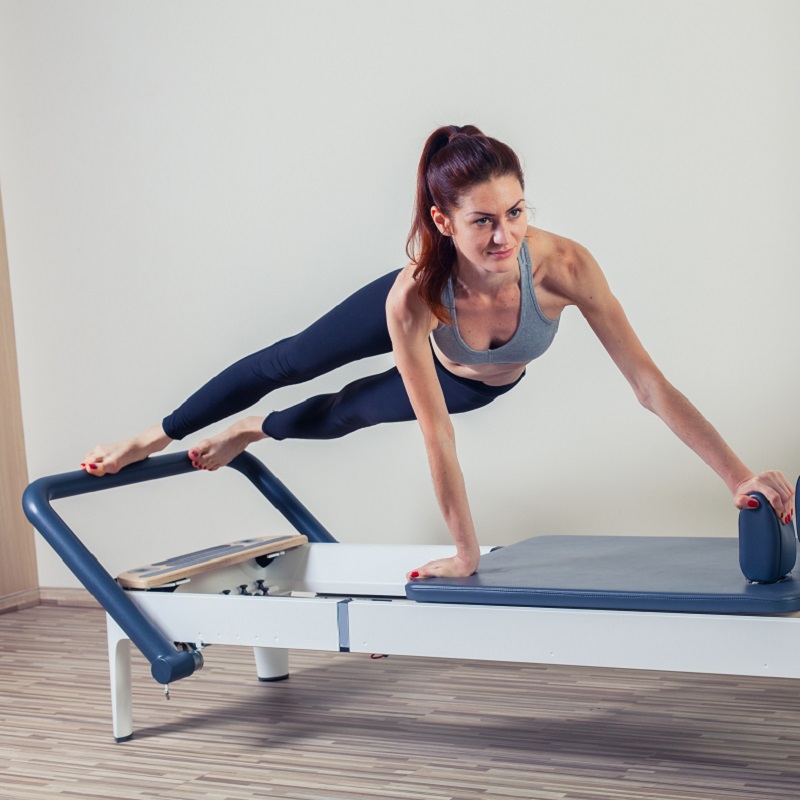
The Fundamentals of Traditional Pilates
Traditional Pilates, or mat Pilates, relies solely on body weight and a mat for resistance. This approach significantly focuses on controlled movements and breathwork. Specifically, the exercises in traditional Pilates emphasize muscle engagement and core stability through various sequences of body-weight movements executed.
1. Core Principles
In particular, traditional Pilates emphasizes six core principles: concentration, control, center, flow, precision, and breathing. These principles guide practitioners in achieving quality over quantity in their workouts, encouraging mindfulness and a focused approach to fitness.
2. Breath Control
Furthermore, breath plays a crucial role in Pilates exercises. Therefore, understanding how to coordinate your movements with your breath can maximize the effectiveness of your practice. Instructors often encourage inhaling during preparation and exhaling during exertion, thereby fostering a natural rhythm.
3. Benefits of Traditional Pilates
Engaging in traditional Pilates offers numerous benefits similar to its Reformer counterpart. For instance, you build muscular endurance and improve flexibility while cultivating body awareness and balance. Additionally, traditional mat routines can be more accessible, as no special equipment is required, allowing you to practice at home or in a class setting.
4. Accessibility and Cost
One of the major advantages of traditional Pilates is its accessibility. In fact, you can practice it anywhere with just a mat. This is especially beneficial for those who cannot find a Reformer class nearby or prefer not to invest in equipment.
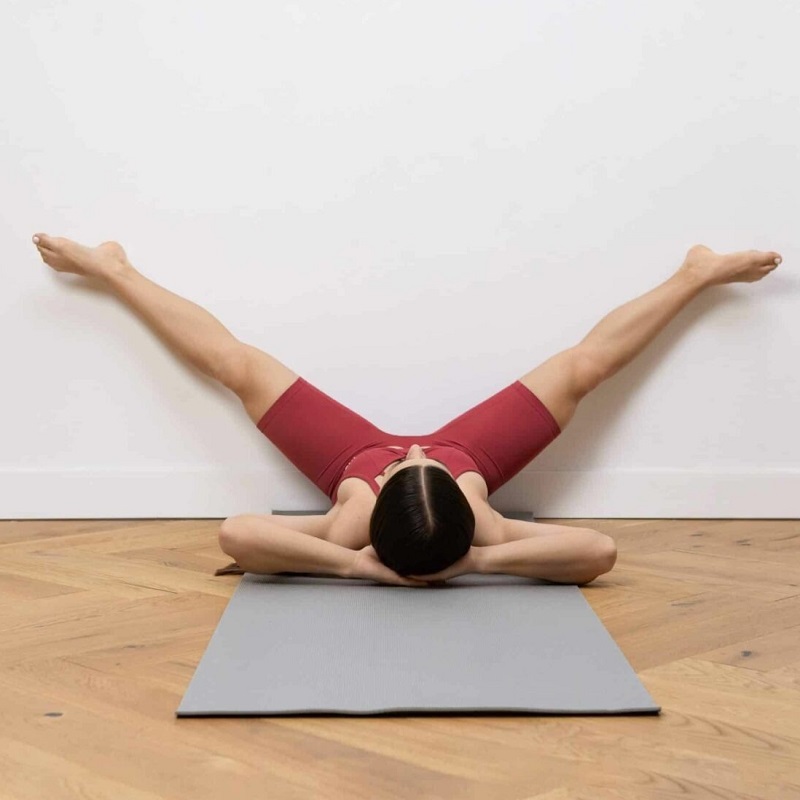
Key Comparisons: Pilates Reformer vs. Traditional Pilates
Understanding the differences between Pilates Reformer and traditional Pilates will guide you in achieving your fitness goals more effectively. Let’s take a closer look at some key comparisons:
1. Equipment and Accessibility
To begin with, the Pilates Reformer is more specialized than traditional Pilates. Access to a Reformer can depend on whether you join a Pilates studio or own one yourself. On the other hand, traditional Pilates can be done anywhere with adequate floor space. Thus, if you prefer the flexibility of at-home workouts, traditional Pilates may be a more convenient option.
2. Variety of Exercises
The Pilates Reformer offers a greater variety of exercises due to its adjustable components. For example, you can perform several variations of movements and target areas such as spine alignment, leg strength, and core engagement with specific attachments incorporated into Reformer workouts. On the contrary, traditional Pilates may have less variation, but the inherent focus on control can be beneficial for developing form and technique.
3. Resistance Training
Another critical difference is the level of resistance provided by the Reformer. Resistance training emphasizes strength development through adjustable springs, which can accelerate muscle growth and overall strength improvement. In contrast, traditional Pilates relies on body weight, which may lead to slower results in terms of building muscle strength but can still enhance muscular endurance significantly.
4. Physical Support and Adaptability
The Pilates Reformer offers physical support during exercises. This feature can be particularly beneficial for individuals struggling with balance or flexibility. As such, this support allows you to perform exercises with proper alignment and focus on engaging the muscles effectively. Conversely, traditional Pilates demands more self-regulation for alignment, which may prove beneficial for those looking to enhance their proprioception and body awareness.

The Impact of Pilates on Mental Well-being
Regardless of the method you choose, Pilates offers mental benefits that extend beyond the physical. The meditative nature of Pilates, particularly through controlled breathing and concentration, helps reduce stress and anxiety. In fact, practicing Pilates allows for a mental reset, encouraging mindfulness that can positively affect your overall lifestyle.
1. Mind-Body Connection
Moreover, Pilates fosters a greater connection between the mind and body. Through focused movements and breath control, practitioners become more aware of their physical sensations. Consequently, this connection not only leads to better concentration during workouts but can also translate into other aspects of life, promoting mindfulness and reducing distractions.
2. Emotional Benefits
Additionally, many practitioners find that Pilates provides an emotional outlet, helping them process feelings and work through stress. The focus on form and movement can act as a form of moving meditation, thereby clearing the mind and encouraging a sense of calm.

Choosing What’s Right for You
Determining whether to pursue Pilates Reformer, traditional Pilates, or a combination of both depends largely on your individual goals and circumstances. Take the time to consider the following factors:
1. Fitness Goals
If your primary goal is to increase core strength and muscle tone more rapidly, the Pilates Reformer may suit you best. Its resistance and adjustable settings create a more progressive strength training environment. On the other hand, if your focus lies in improving flexibility and overall body control, traditional Pilates offers substantial benefits.
2. Experience Level
Furthermore, for beginners, the Pilates Reformer may initially be more supportive and easier to navigate. Thus, it provides guidance on proper movements. Consider starting with a few Reformer sessions to build a foundational understanding of Pilates movements before transitioning to traditional mat practices.
3. Injury Considerations
If you have a specific injury or limited mobility, the Pilates Reformer can offer more versatility and adjustment options tailored to your restrictions. Thus, the machine’s support may allow you to engage safely in a full range of exercises. Traditional Pilates may still be safe but requires you to be mindful of your body’s limitations and alignments.
4. Budget and Accessibility
Finally, consider your budget and access to Pilates facilities. Reformer classes are generally pricier than traditional mat classes. If budget constraints are a concern, opt for traditional classes, which are often more readily available. In addition, explore online guided sessions for both methods, which can help mitigate costs while allowing you to experience Pilates in the comfort of your home.
5. Personal Preference
Ultimately, personal preference plays a critical role in your Pilates journey. If you find the dynamic range of motion and resistance of the Reformer appealing, that might be your best fit. Conversely, if you prefer a minimalist approach that emphasizes your natural body weight, traditional Pilates could be your preferred method.
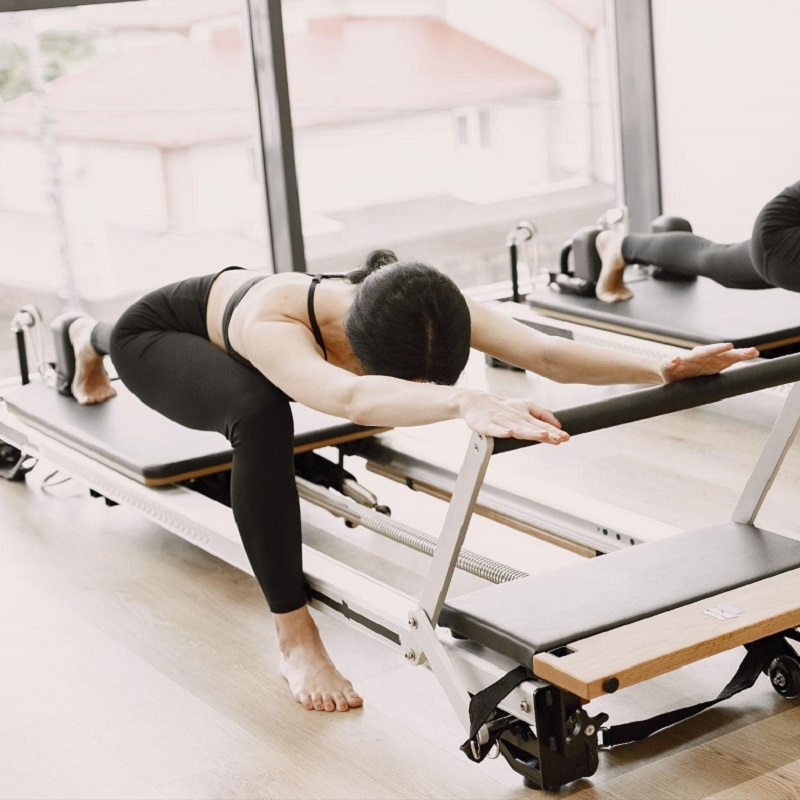
Tips for Getting Started with Pilates
Once you decide on your preferred method, if you’re new to Pilates or considering diving deeper into either form, here are some tips to get you started:
1. Start with a Class
Whether you choose Pilates Reformer or traditional Pilates, beginning with structured classes allows you to learn the fundamentals from experienced instructors. This foundation is invaluable as you develop your practice.
2. Set Realistic Goals
Setting achievable goals can help maintain motivation. For instance, whether you aim to improve flexibility, strengthen your core, or relieve stress, clear goals can streamline your progress and shape your practice.
3. Listen to Your Body
While Pilates emphasizes control and precision, it’s critical to listen to your body’s signals. If something feels uncomfortable or painful, do not hesitate to modify the exercise or seek guidance.
4. Maintain a Consistent Schedule
Like any fitness regimen, consistency is vital for achieving results. Therefore, aim to practice Pilates regularly, whether that means joining a weekly class or integrating sessions into your home workout routine.
5. Keep an Open Mind
As you explore Pilates, approach it with curiosity and an open mind. Don’t be afraid to try different instructors, classes, and styles. In fact, diversity can enhance your overall experience and deepen your understanding of the practice.
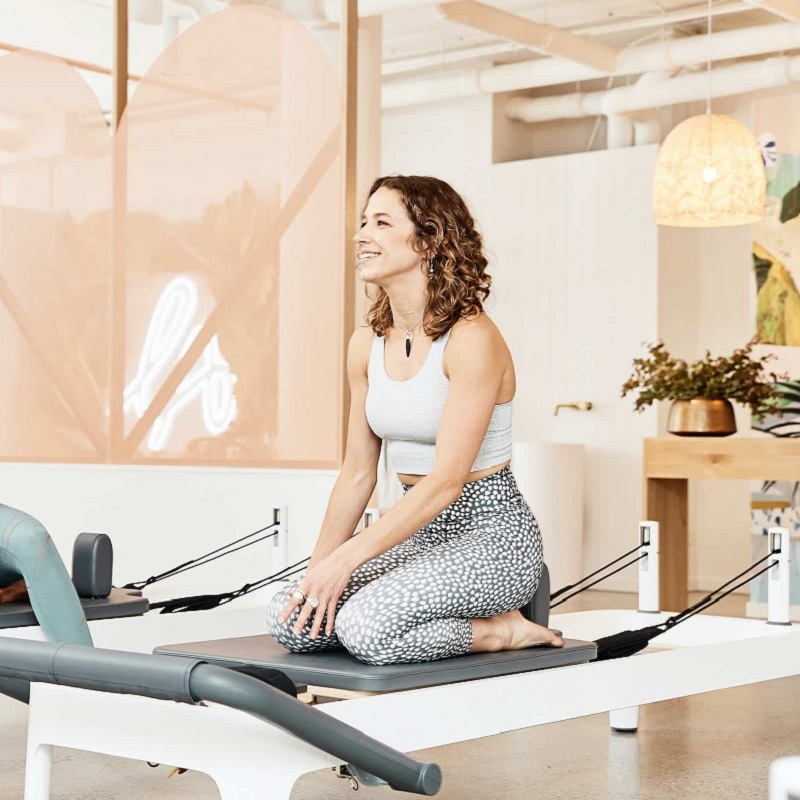
Conclusion: Embracing Your Pilates Journey
In the end, deciding between Pilates Reformer and traditional Pilates hinges on your individual preferences, goals, and circumstances. Indeed, both methods offer excellent benefits in terms of increasing strength, flexibility, and body awareness, so a combination could be the optimal path for many individuals.
Whether you choose to work on a Reformer or stick to the mat, embracing the journey is crucial. With that said, with dedication and consistent practice, you’ll discover what works best for your body and fitness journey. Whichever path you take, remember that every Pilates session brings you closer to a balanced and healthier you!
